I'm feeling a bit bereft now that the Sinquefield Cup is over. Fabiano Caruana won his first seven games, and then drew his last three, to win the tournament by a ridiculous three points (ahead of World Champion Magnus Carlsen). This is certainly one of the great tournament performances in chess history, worthy of mention alongside Anatoly Karpov's six straight wins in the 1994 Linares tournament, or Victor Korchnoi's eight straight in the 1968 Wijk aan Zee tournament. Not quite at the level of Bobby Fischer's twenty straight wins over grandmasters, though. Just saying. The incredible thing is that Caruana's score could easily have been higher. He had Carlsen on the ropes in round eight, but failed to find the best continuation. In round nine Nakamura was dead lost against him, but Caruana missed a trivial win. Fatigue was clearly a factor at that point. He even had the better end of a draw against Aronian in the last round.
Now, let's get down to business. Specifically, the business of considering the Dombrovskis paradox. Recall from our earlier posts that the Dombrovskis paradox occurs when black has a defensive try which defeats a threatened move in one phase, but provokes the very same threatened move in the other. We have seen two example of this in direct mate two-movers. This week we consider how it might look in a selfmate.
The following problem was composed by S. Seider in 1982. Selfmate in two:
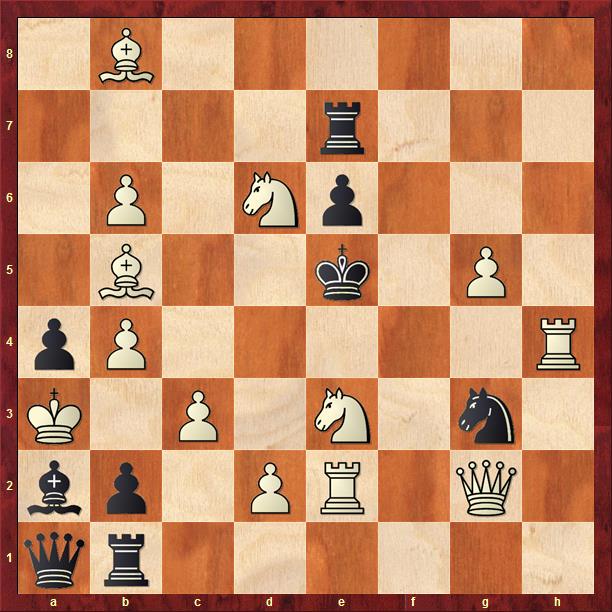
Recall that in a selfmate, white's goal is to force black to give checkmate. That's right! White is trying to get checkmated and black is doing everything in his power to avoid giving checkmate (or at least to delay it past the stipulated number of moves). It's a complete inversion of normal chess logic.
A quick look at the diagram makes it clear that white will try to provoke a move by the black bishop on a2. This will discover checkmate by the black queen. White also has a clear plan for accomplishing this. A move by either knight to c4 seems to force Bxc4 in reply. The trouble is that moves by the white knights discover check from either the white rook or the white bishop.
This leads us to the two thematic tries. What if white plays 1. Ba7?
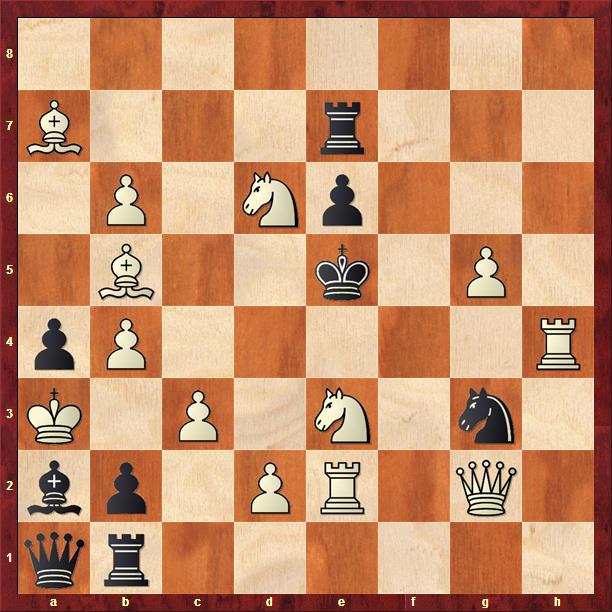
This now threatens 2. Ndc4+ Bxc4 mate:
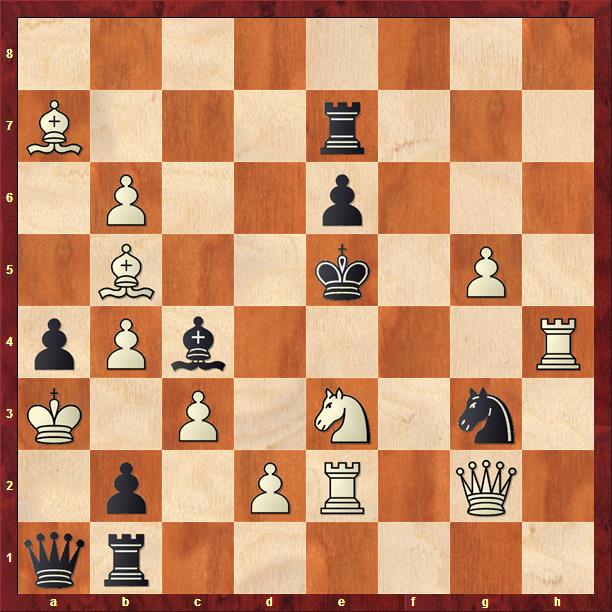
This works because white's knight move no longer discovers check. Alas, black defeats this try with the defense 1. ... Rc7:
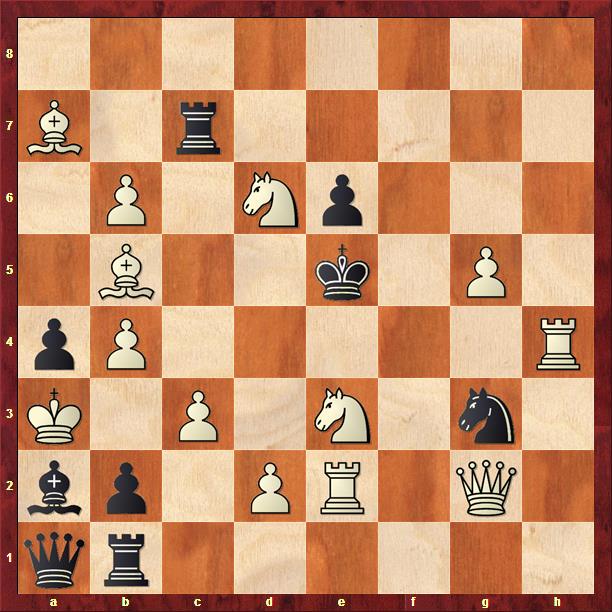
which simply defends the c4 square.
What if white tries to get rid of his other battery by trying 1. Rf2?
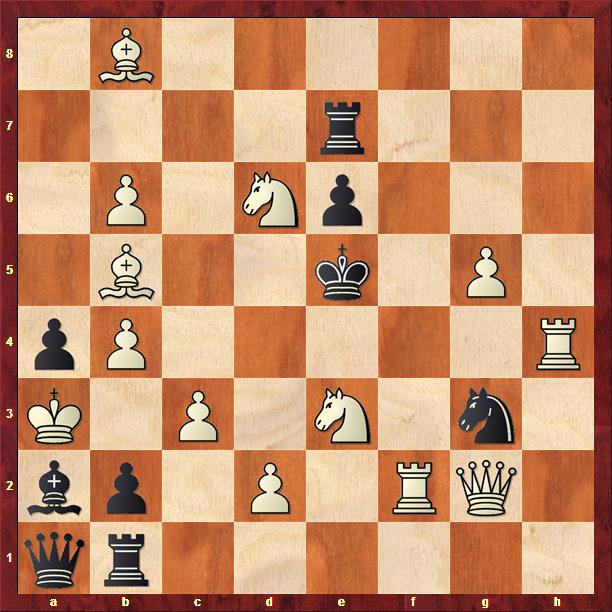
Now the threat is 2. Nec4+ Bxc4 mate:
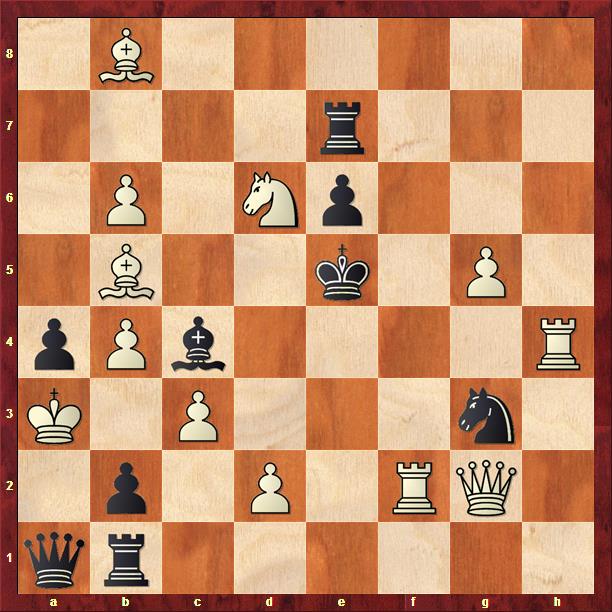
Again, the move by the white knight no longer discovers check. Sadly, black can defeat this try as well. He plays 1. ... Ne4, which interferes with the white queen's defense of d5. Once white's knight moves out of the way the d5 square will be undefended, and black will simply move his king there. (I just realized I neglected to make a diagram for this one. Sorry about that.)
So, it seems that white must seek a different plan. And he has one! The key move is 1. Qc6!
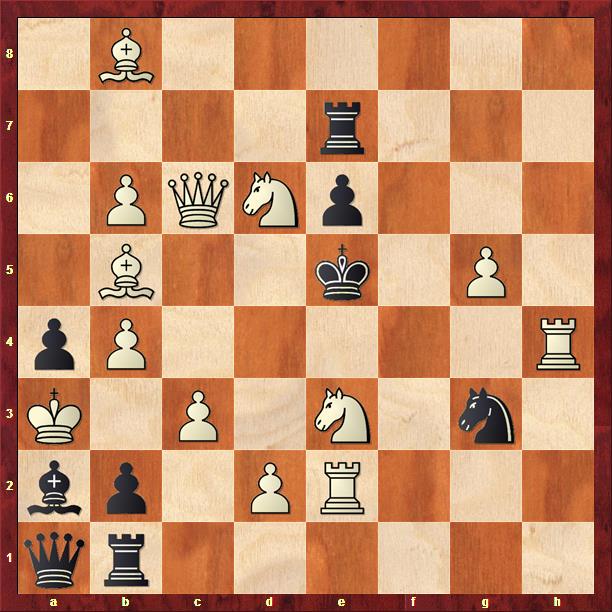
The threat now is 2. Qc5+ Bd5 mate:
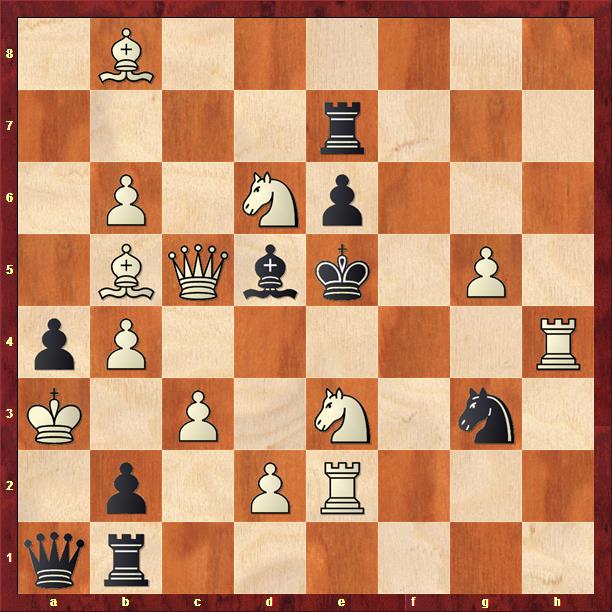
Black has two defenses to this threat, and I'm sure you can guess what they are! The move 1. ... Rc7 places a guard on c5. But it also disrupts the battery on the b8-d5 diagonal, and permits 2. Ndc4+
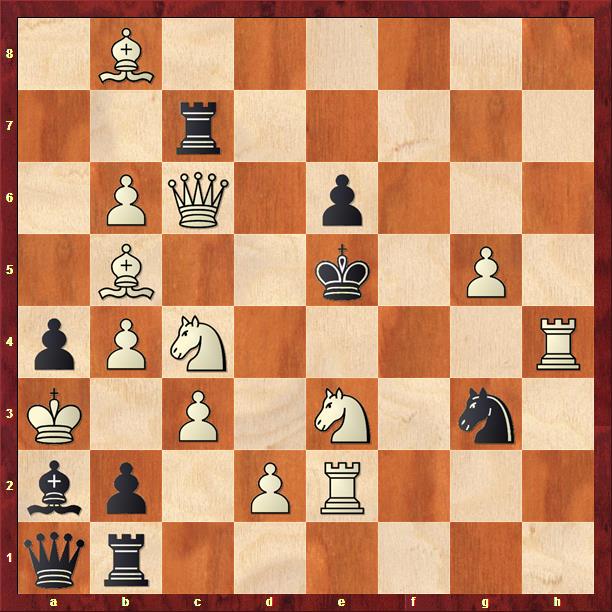
This forces black to take the knight with the bishop, and white is mated. Black can also guard c5 with 1. ... Ne4. But this disrupts the white battery on the e-file, and white can now play 2. Nec4+.
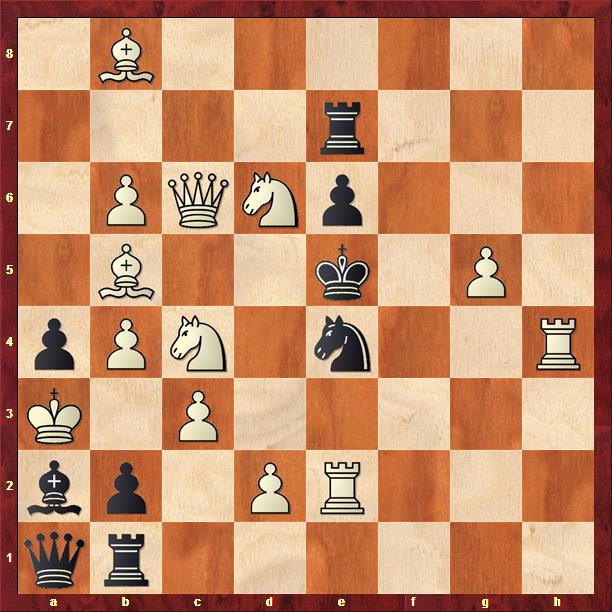
Very nice! Dombrovskis in a selfmate.
There is something else worth commenting on. Problem composers will often try to take themes that have worked well in one genre and try presenting them in other genres. The present problem is a good example. The Dombrovskis paradox is naturally a theme for a two-move directmate, and that is where it has received its fullest expression. In trying to show the idea in a selfmate, it is important to do so in a way that involves strategy that is specific to selfmates. Otherwise, what is the point? Attaching a selfmate apparatus onto ideas that could easily be expressed in a direct mate hardly seems like a wise aesthetic choice.
This week's problem certainly passes that test. The idea behind white's tries, and the reason that black's defenses fail in the post-key play, is that white benefits from the disruption of his own batteries. That is, he needs to weaken his position before he can achieve his goal. That is an idea that makes perfect sense in a selfmate, but which would not make sense in a direct mate. That, I think, adds greatly to this problem's merits.
It won second prize in the tourney in which it competed. The first prize winner must have been really good!

Somehow I always feel like my brain is tripping over its own cells when I try looking at selfmates. This one I got way off the beaten track by noodling over the possibility that the Black pawn on b2 was there illegally (it's not, it could for example have begun life as a d-pawn, captured a dark-squared B on c5, meandered down to c4, then captured a knight (a white pawn could have promoted to a knight) or Queen (ditto) on b6 etc. Okay, doubtless there are easier ways, but I'm trying to provide a brain selfie here....
Anyhow, nice problem, very logical.
As for Caruana, what an incredible performance. Remember, he played 10 games in 11 days! All his brain needed to see was a self-mate and it'd have imploded. While it is a pity that he missed the R takes knight move that would've finished Nakamura off, it is worth remembering that it was move 40 and he had been in a little bit of time pressure, the kind of spot where even World Champions have occasionally missed easy continuations as their inner selves begin screaming "don't forget the clock!"
Anyway, thanks so much for making me aware of that live feed. It was wonderful.